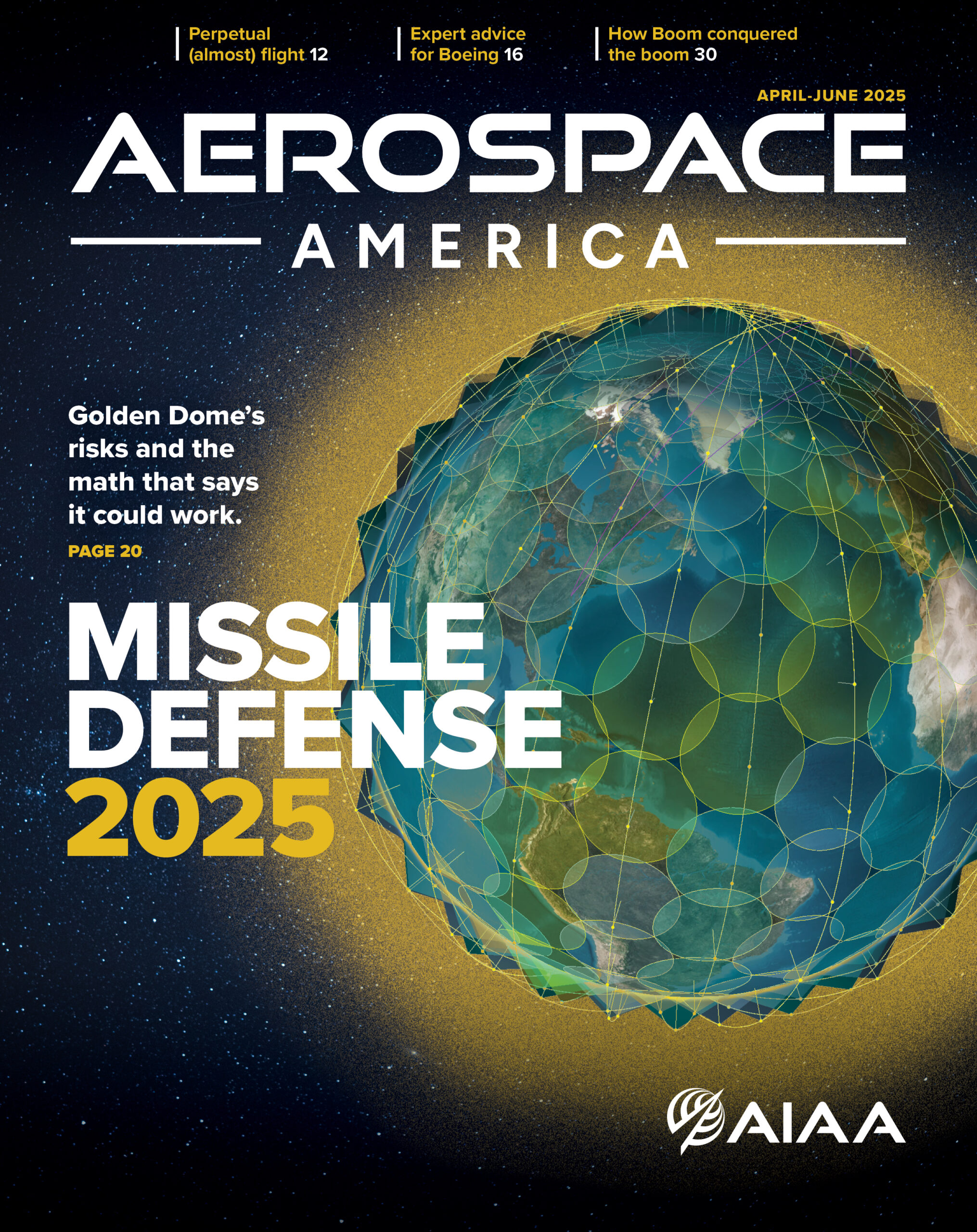Stay Up to Date
Submit your email address to receive the latest industry and Aerospace America news.
Brandon Stiltner, 33, guidance, navigation and control engineer, NASA’s Marshall Space Flight Center
A movie inspired Brandon Stiltner to leave his hometown in the Virginia mountains to study aerospace engineering. Now a systems engineer for technical services company Jacobs Engineering Group, Stiltner works at NASA’s Marshall Space Flight Center in Alabama, analyzing flight dynamics for the Space Launch System, the heavy-lift rocket designed to transport humans to the moon and Mars.
How did you become an aerospace engineer?
The only industry I was exposed to as a child was coal mining. I saw the movie “October Sky” on a school field trip. Homer Hickam, the main character, grew up in a neighboring town. I thought, “He went to college, became an engineer and worked for NASA. If he could do it, so could I!” I attended community college for two years before obtaining bachelor’s and master’s degrees in aerospace engineering from Virginia Tech, the same school as Homer Hickam, who coincidentally was my commencement speaker. I had two internships. After my junior year, I assembled fighter jet radomes. After my senior year, I designed, built and flew unmanned aircraft for a small R&D company. It was tremendous fun, but my true passion was space exploration. After five years, I took a job with a startup that relocated me to Huntsville, Alabama. After that, I was a Missile Defense Agency contractor for two years before getting an interview at NASA Marshall Space Flight Center. Since 2015, I’ve been a NASA contractor. I currently work on a Space Launch System team, analyzing vehicle flight dynamics from liftoff to orbit insertion. We analyze all staging events with a high-fidelity simulation. I’m also a member of the guidance and control team for Near-Earth Asteroid Scout, a cubesat that will collect detailed images of an asteroid’s surface.
What do you think will be happening in space in 2050?
By 2050, I think our space frontier will look much different than it does today. I believe there will be a permanent base on the moon, occupied by astronauts from a partnership of nations like the International Space Station is today. I think we’ll have begun sending humans to Mars, if not to the Martian surface then certainly on rendezvous-and-return missions similar to the Apollo 8 and 9 missions. I also believe that support structures, potentially including habitat modules, food, water supplies and a Mars-to-Earth return vehicle will be on Mars, awaiting the arrival of humans to the Martian surface. I believe we will have placed several robotic landers or rovers on other bodies within the solar system. In particular, I think there will be landers or rovers on Jupiter’s moon Europa and Saturn’s moon Titan. I also believe a mission will be underway toward our neighbors orbiting Proxima Centauri. Last but not least, I think we will see a growing presence of commercial activity in space, potentially including harvesting and mining of asteroids.
About Debra Werner
A longtime contributor to Aerospace America, Debra is also a correspondent for Space News on the West Coast of the United States.
Related Posts
Stay Up to Date
Submit your email address to receive the latest industry and Aerospace America news.




